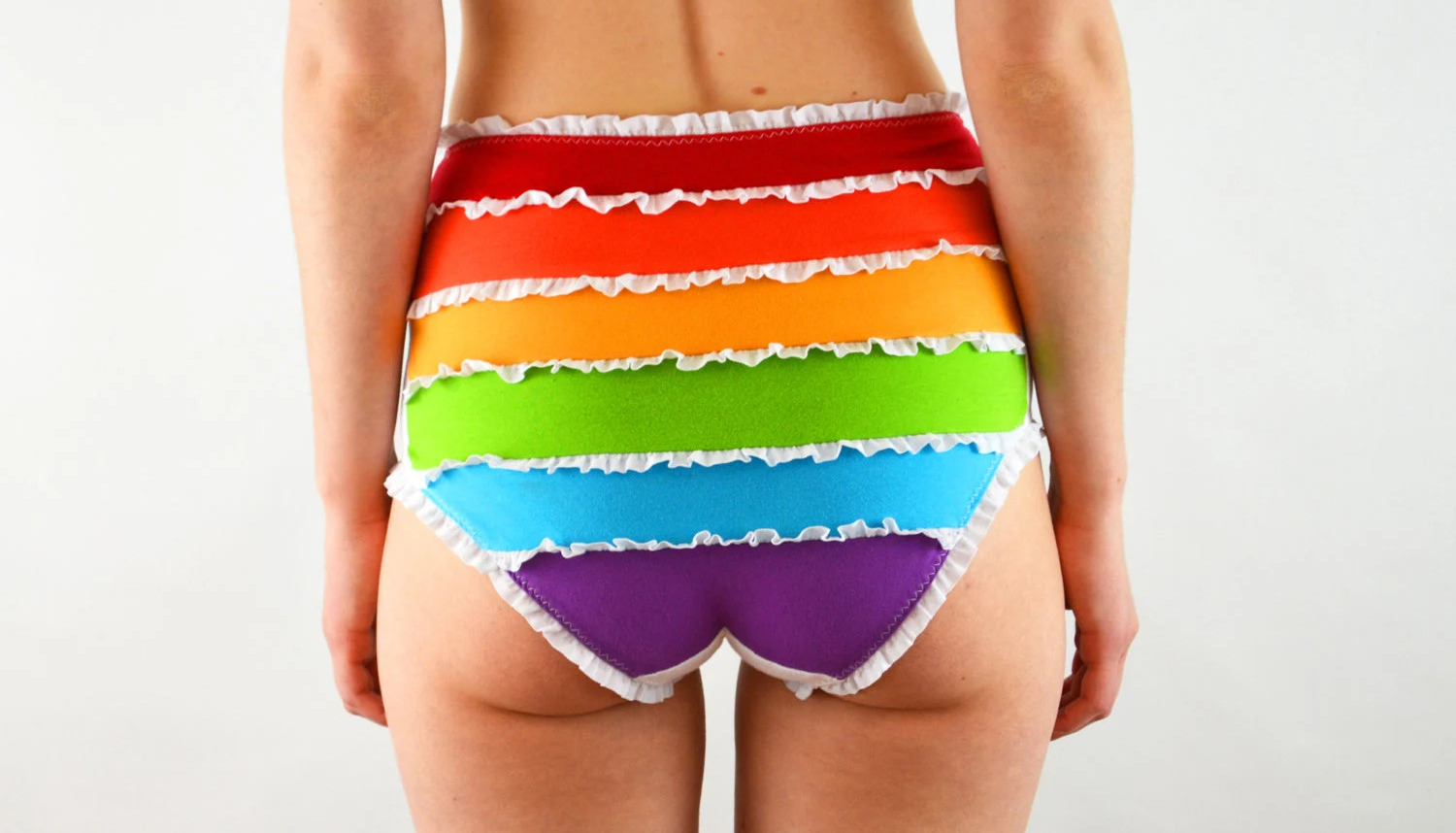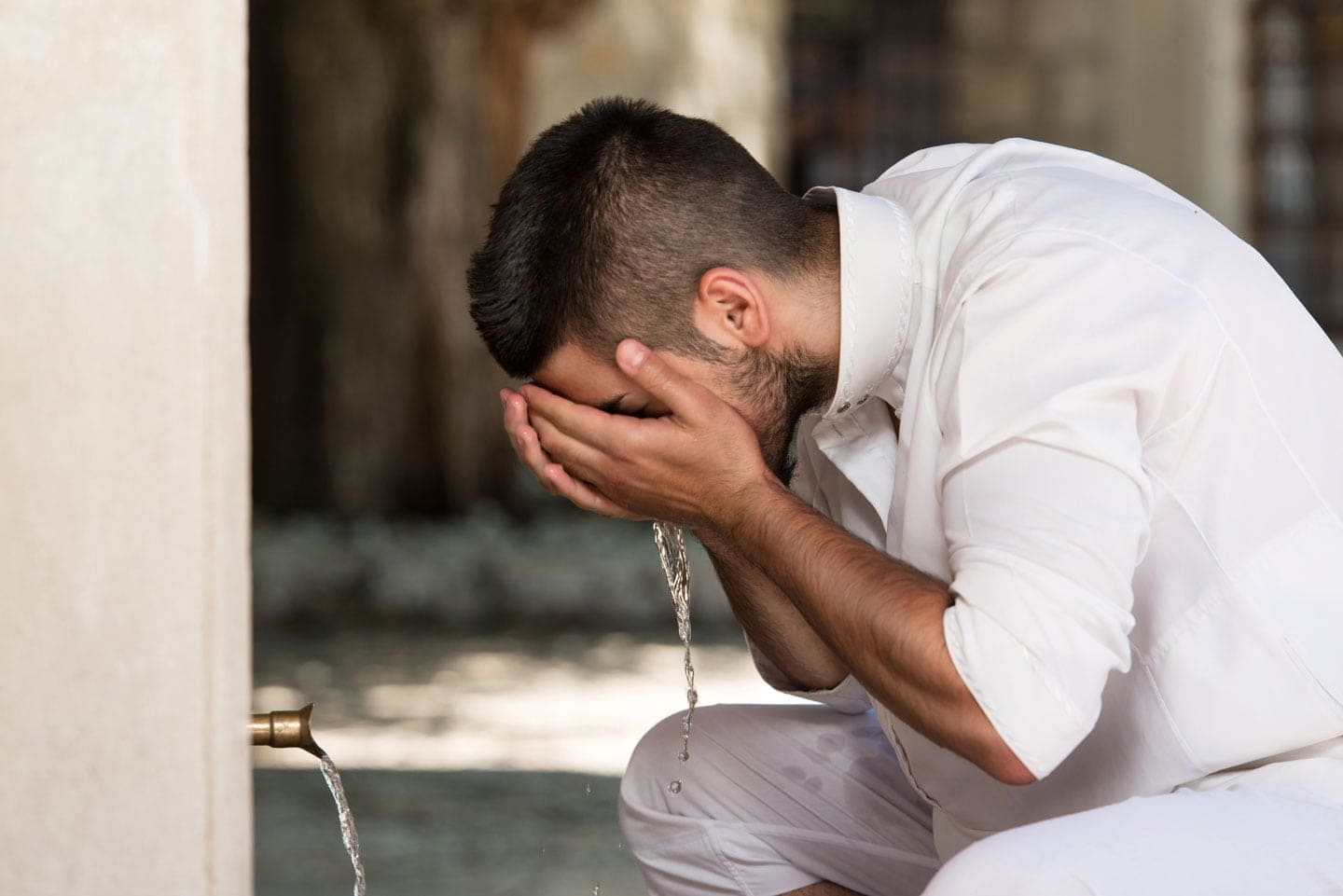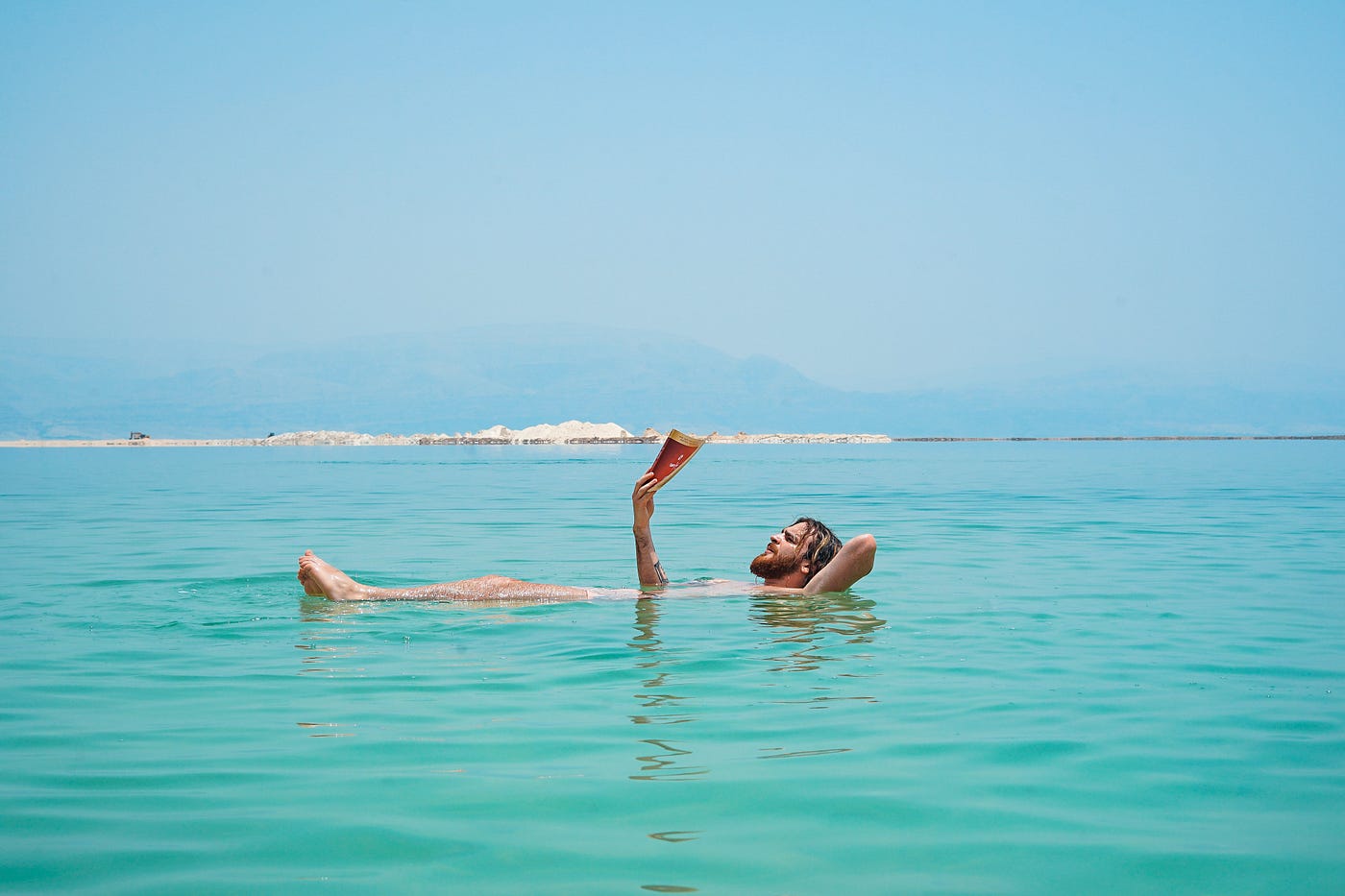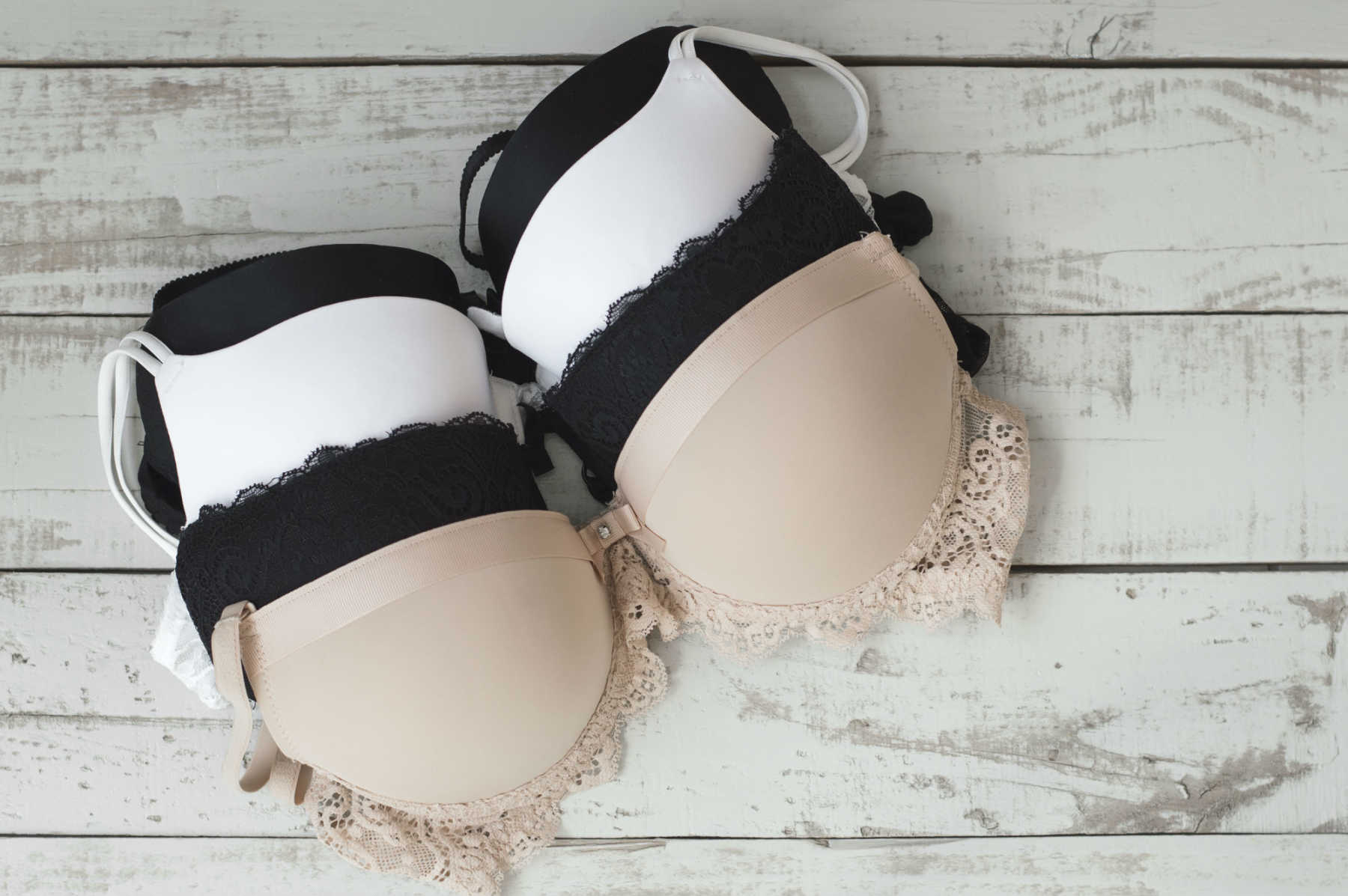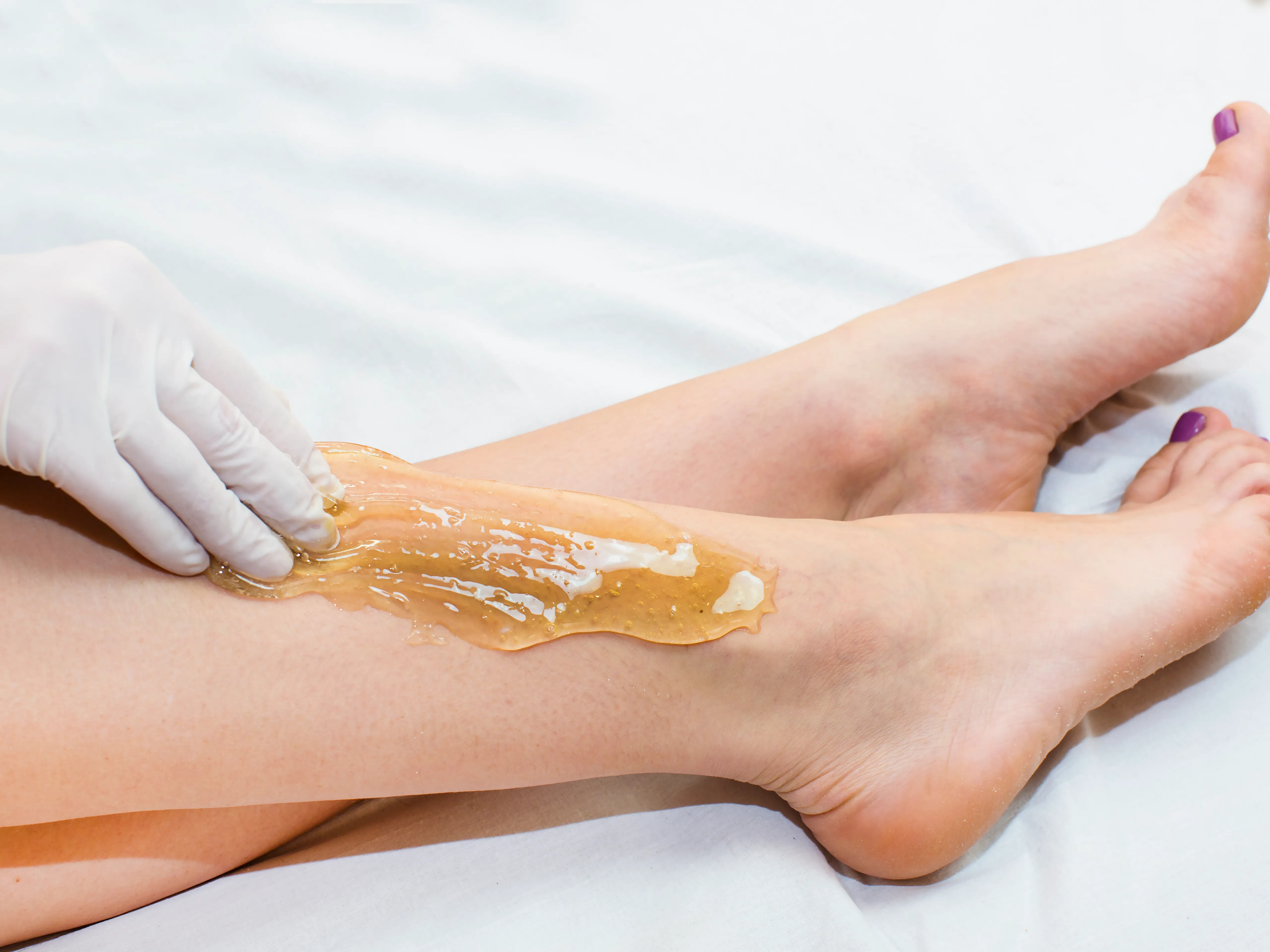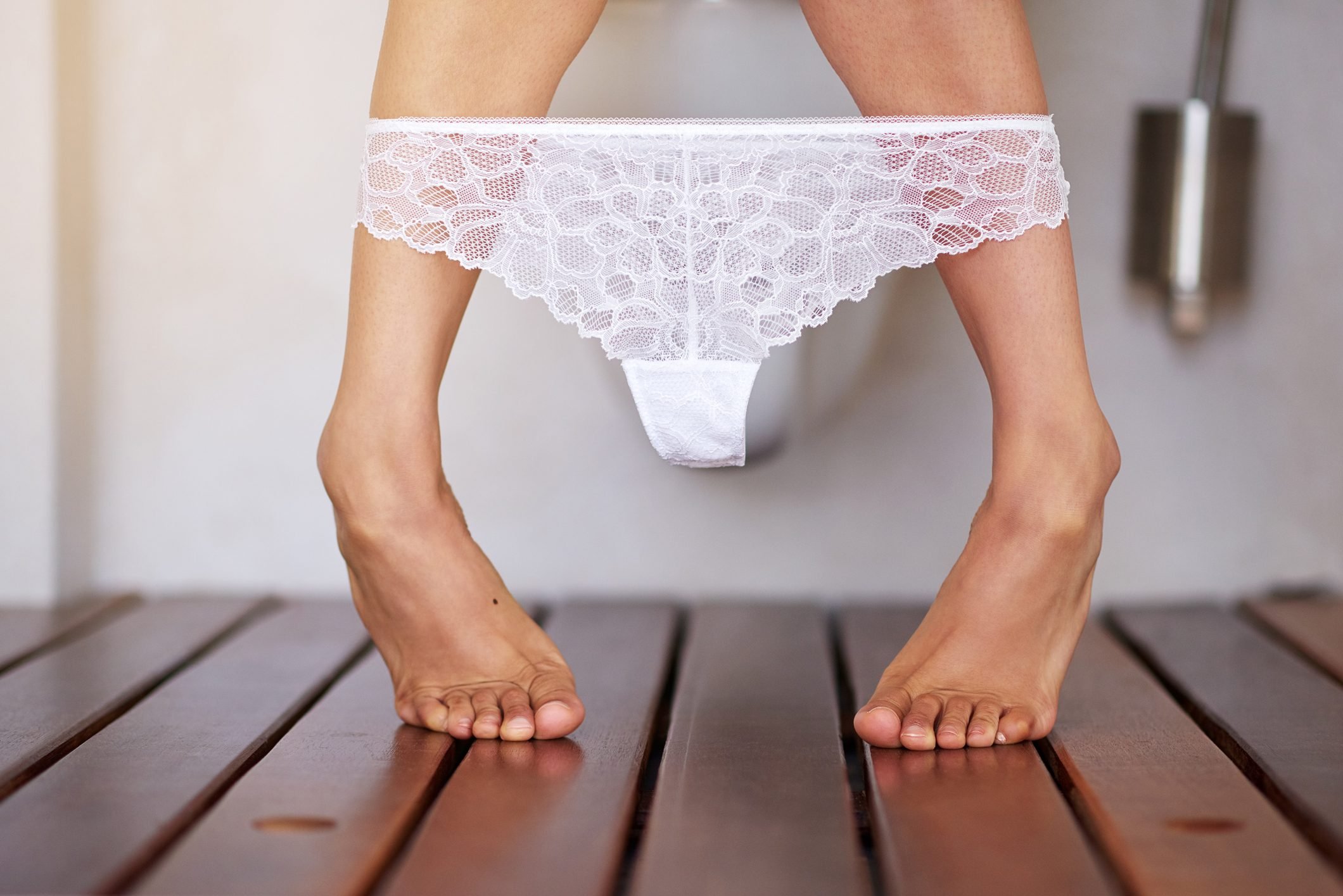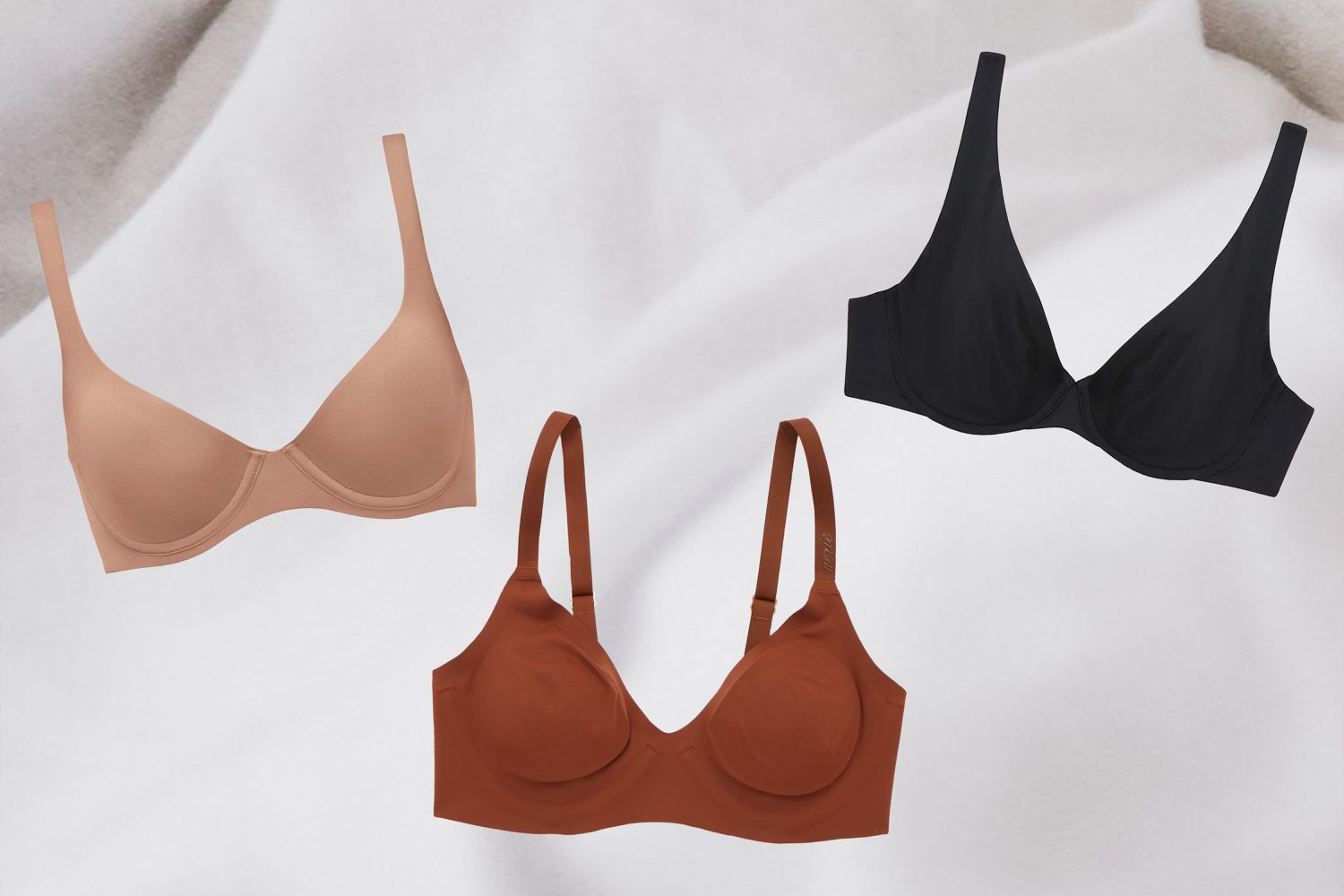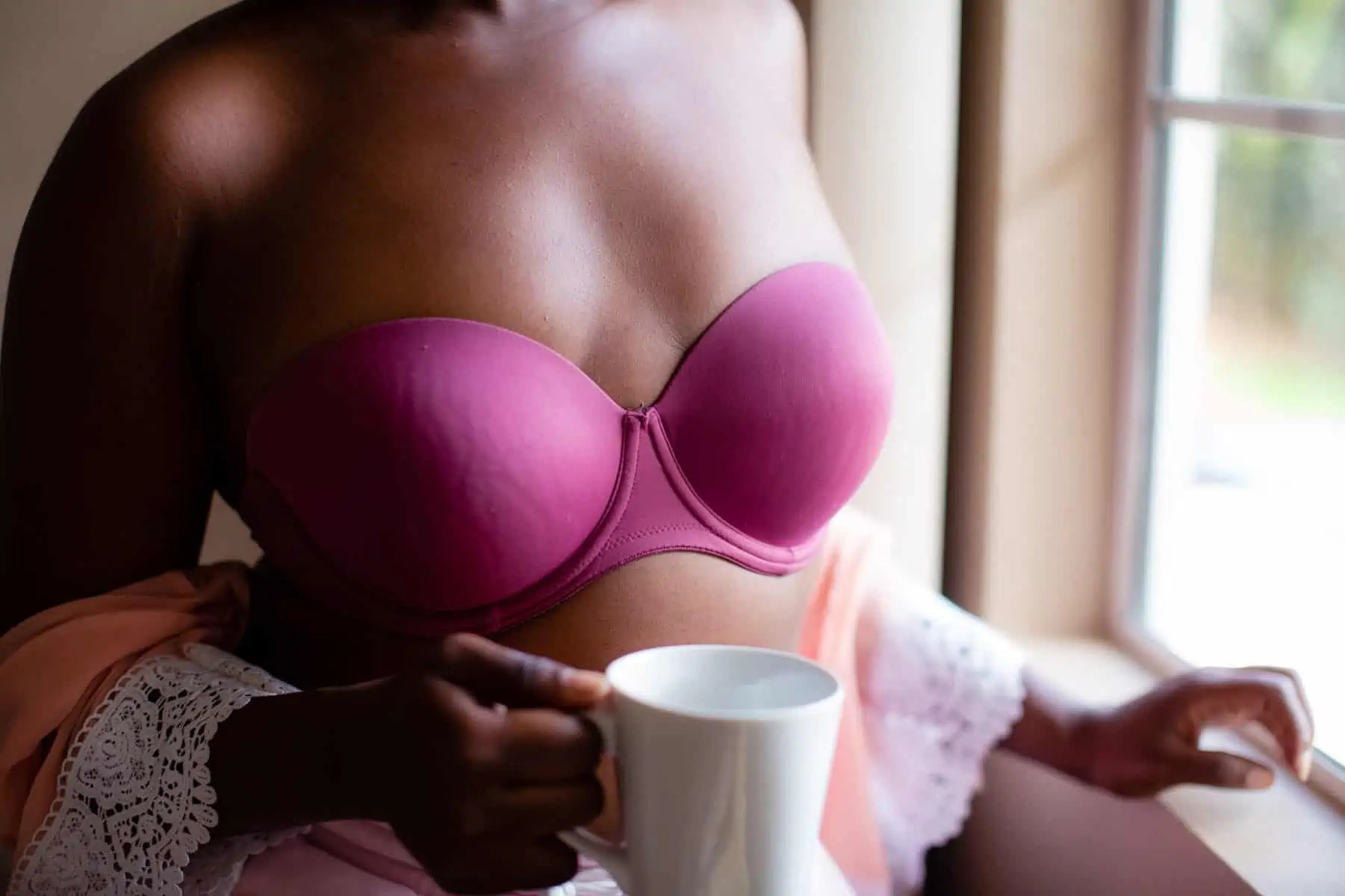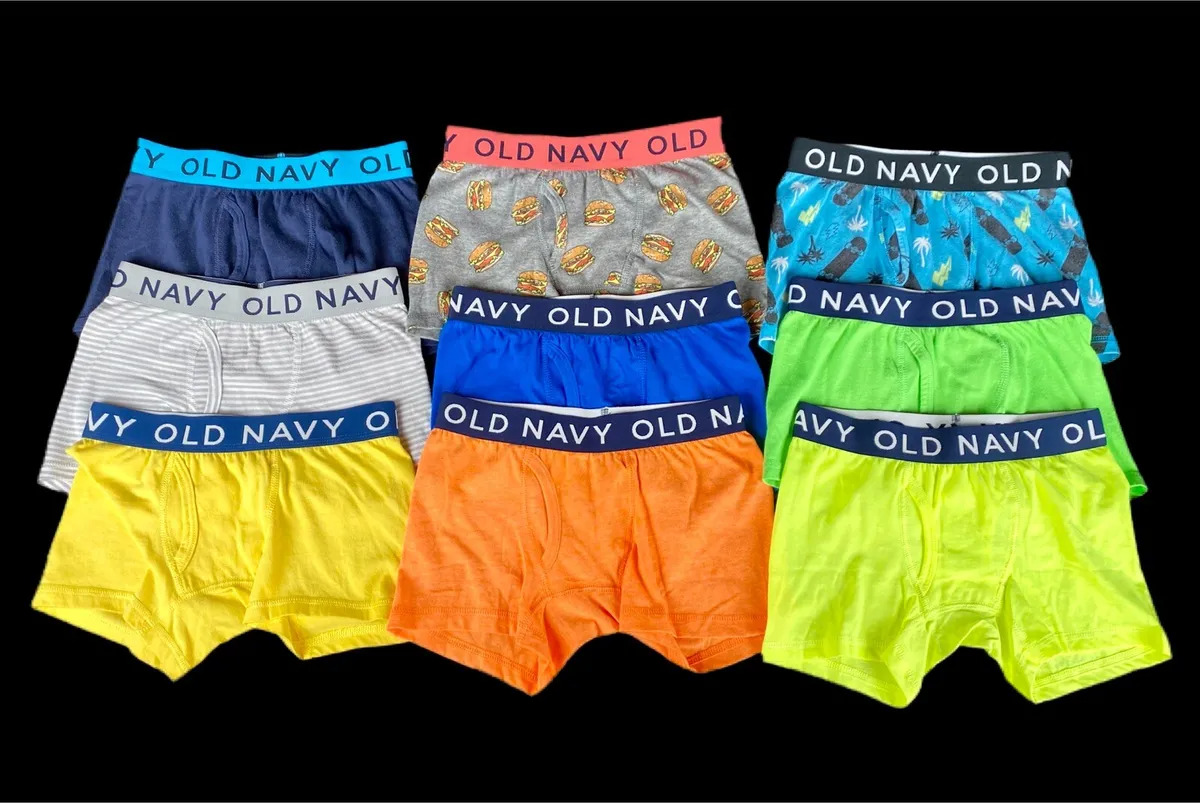Home>Women's Underwear>Bras>What Happens If You Don’t Wear A Bra
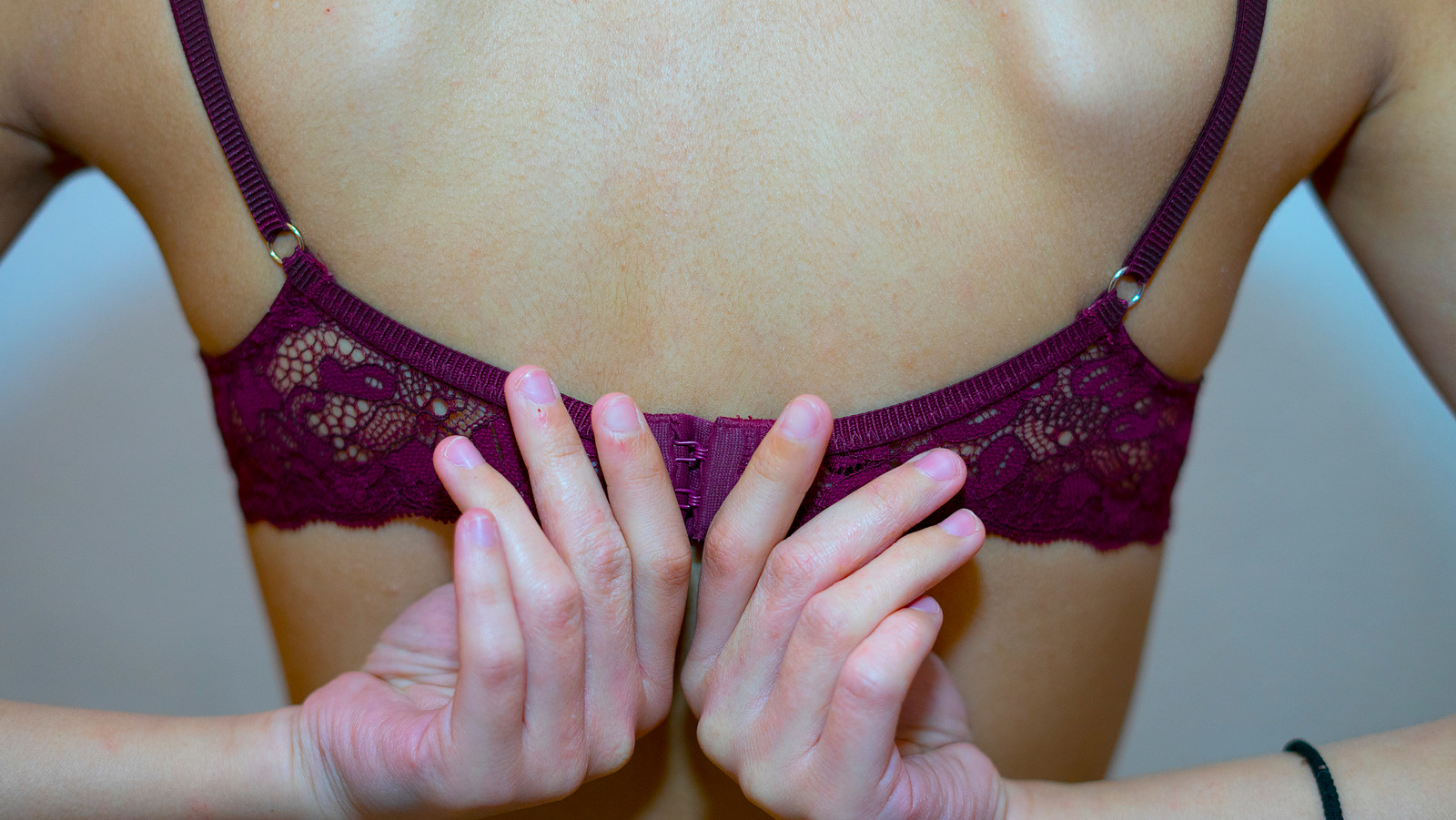

Bras
What Happens If You Don’t Wear A Bra
Modified: August 6, 2023
Curious about what happens if you don't wear a bra? Find out the potential effects and reasons to consider wearing bras for support and comfort.
(Many of the links in this article redirect to a specific reviewed product. Your purchase of these products through affiliate links helps to generate commission for Under-tec.com, at no extra cost. Learn more)
Table of Contents
Introduction
What happens if you don’t wear a bra? It’s a question that has sparked debates and fueled curiosity among women for decades. While bras have been a longstanding staple in women’s fashion and undergarments, there is ongoing discussion about the effects of going braless.
On one hand, some argue that wearing a bra is essential for support, maintaining breast shape, and preventing sagging. On the other hand, there are those who advocate for liberation from the confines of a bra, citing increased comfort and freedom of movement.
Understanding the potential consequences of not wearing a bra is important for women who are considering going braless or are simply curious about the topic. In this article, we will explore the various impacts that not wearing a bra can have on breast health, physical discomfort, and overall wellbeing.
It is worth noting that women’s experiences and preferences can vary greatly when it comes to bra usage. Some women may feel discomfort and pain when not wearing a bra, while others may find going braless to be more comfortable and liberating. It is ultimately a personal decision that depends on individual preferences, body types, and lifestyle.
Now, let’s delve into the potential effects of not wearing a bra and explore the impact it can have on women’s bodies and wellbeing.
Impact on Breast Health
One of the main concerns when it comes to not wearing a bra is its potential impact on breast health. Bras are often seen as offering support and maintaining the shape of the breasts. However, the scientific evidence regarding the direct impact of bras on breast health is still inconclusive.
Proponents of wearing bras argue that they help prevent sagging and provide necessary support for the breasts. They believe that without the support of a bra, the ligaments and connective tissues in the breast may stretch over time, leading to sagging breasts.
On the other hand, some studies suggest that not wearing a bra may actually be beneficial for breast health. These studies propose that bras can restrict lymphatic fluid flow in the breasts, potentially leading to breast congestion and discomfort. By going braless, it is argued that lymphatic flow is not impeded, allowing the body’s natural detoxification processes to function optimally.
It is important to note that breast health is influenced by various factors, including genetics, diet, exercise, and overall lifestyle. While wearing a bra may offer some support, it is not a guarantee against breast sagging or other health issues. Regular self-examinations, maintaining a healthy lifestyle, and consulting with healthcare professionals are crucial for maintaining breast health regardless of whether one wears a bra or not.
Ultimately, the impact of not wearing a bra on breast health can vary greatly among individuals. Some women may find that going braless has no negative effects on their breasts, while others may experience discomfort or changes in breast shape. It is essential for women to listen to their bodies and make decisions based on their own comfort and preferences.
Sagging
Sagging breasts, or breast ptosis, is a common concern for many women. The question arises: does not wearing a bra contribute to sagging?
There is no definitive answer to this question, as multiple factors can contribute to breast sagging, including genetics, age, weight changes, pregnancy, and breastfeeding. While some believe that wearing a bra provides necessary support to prevent sagging, others argue that the constant reliance on a bra can actually weaken the ligaments and muscles that naturally support the breasts.
Research on the relationship between bra usage and breast sagging is limited, leading to conflicting opinions. Some studies have suggested that wearing a bra excessively can weaken the supporting structures of the breasts, potentially leading to sagging over time. Conversely, other studies indicate that bras can provide enough support to minimize sagging.
It is important to note that breast sagging is a natural part of the aging process, and individual experiences may vary. Factors such as genetics and lifestyle choices play a significant role in breast shape and firmness. Additionally, maintaining a healthy lifestyle, including regular exercise and a balanced diet, can help support breast tissue and maintain overall breast health.
If you are concerned about breast sagging, it is advisable to consult with a healthcare professional who can provide personalized guidance based on your individual needs and concerns. They can offer insights and recommendations tailored to your specific circumstances and help you make informed decisions regarding bra usage and breast health.
Discomfort and Pain
For many women, wearing a bra can sometimes be uncomfortable and even painful. The pressure and constriction from the bra straps and underwire can cause discomfort, especially after long periods of wear. Going braless may offer relief from these discomforts.
The level of discomfort experienced varies from woman to woman and can depend on factors such as breast size, sensitivity, and the type and fit of the bra. Some women with larger breasts may find that not wearing a bra leads to more discomfort and increased pain due to lack of support. However, others may feel more comfortable and experience less pain by freeing themselves from the constraints of a bra.
It is worth noting that discomfort can also be associated with specific bra styles or improper bra fitting. Wearing a bra that is too tight, with underwires that dig into the skin or straps that dig into the shoulders, can cause significant pain and discomfort. Therefore, it is crucial to ensure proper bra fit and choose styles that are suited to individual needs and comfort.
It is recommended to get professional bra fittings to ensure that you are wearing the correct size and style for your body. This can help alleviate discomfort and reduce the risk of pain associated with wearing a bra. Additionally, exploring alternative bras such as sports bras or wireless bras can provide a more comfortable option for those desiring support without the discomfort of traditional bras.
If you find that going braless is causing discomfort or pain, it is advisable to consult with a healthcare professional or bra specialist for personalized advice. They can help identify potential underlying issues and provide recommendations to increase comfort and alleviate pain.
Reduction in Muscle Tone
One concern often raised about not wearing a bra is the potential reduction in muscle tone in the chest area. The argument is that without the support of a bra, the muscles that support the breasts may become weaker, leading to a loss of firmness and tone.
While it is true that bras provide some level of support to the chest muscles, the idea that not wearing a bra will automatically result in muscle loss is not entirely accurate. Muscle tone is primarily influenced by regular exercise and strength training, rather than simply relying on the support of an external garment.
The chest muscles, known as the pectoral muscles, can be strengthened through specific exercises such as push-ups, chest presses, and flyes. These exercises engage and target the chest muscles, helping to maintain overall muscle tone and support the breasts.
It is important to note that the impact of not wearing a bra on muscle tone may vary depending on individual factors such as age, genetics, and lifestyle. Engaging in regular exercise that targets the chest muscles can help offset any potential loss in muscle tone.
Additionally, incorporating other exercises that promote overall body strength, such as weightlifting or resistance training, can contribute to improved muscle tone throughout the body, including the chest area.
While it is true that constant reliance on a bra without allowing the muscles to naturally support the breasts may lead to some muscle atrophy over time, this can be mitigated by practicing appropriate exercises and maintaining a healthy lifestyle.
If you are concerned about maintaining or improving muscle tone in the chest area, it is advisable to consult with a fitness professional who can provide guidance and create a personalized exercise routine tailored to your goals and preferences.
By engaging in regular exercise and focusing on strengthening the chest muscles, you can help maintain muscle tone and support in the breast area, regardless of whether you choose to wear a bra or not.
Potential Back and Neck Problems
One of the concerns associated with not wearing a bra is the potential for back and neck problems. A properly fitting bra can provide support to the breasts and help distribute their weight evenly, relieving strain on the back and neck muscles. Without this support, some women may experience discomfort and pain in these areas.
However, it is important to note that the relationship between bra usage and back and neck problems is not a one-size-fits-all situation. Some women may find that not wearing a bra actually alleviates their back and neck pain, especially if their discomfort is exacerbated by the pressure and constriction caused by bras.
Various factors can contribute to back and neck pain, such as poor posture, improper ergonomics, muscle imbalances, or lifestyle choices. While a supportive bra can provide temporary relief from these issues, addressing the root causes through exercise, stretching, and maintaining good posture is essential for long-term prevention and management.
If you experience back or neck pain when not wearing a bra, it is crucial to seek professional advice from a healthcare provider or physical therapist. They can assess your individual situation, identify any underlying issues, and create a treatment plan that may include exercises, stretches, or other interventions to alleviate discomfort and prevent further problems.
Remember, it is important to listen to your body and make educated choices based on your comfort and well-being. If wearing a bra causes you pain or discomfort, exploring bra styles like sports bras or wireless bras, or even going braless, may be worth considering.
Ultimately, maintaining a healthy posture, exercising regularly, and seeking professional guidance can help minimize the risk of back and neck problems, regardless of whether you choose to wear a bra or not.
Impact on Blood Circulation
Another factor often discussed in relation to not wearing a bra is its potential impact on blood circulation. It is argued that tight or restrictive bras can compress blood vessels and impede proper blood flow to the breasts and surrounding areas.
When blood flow is compromised, it can lead to discomfort, numbness, and even tissue damage. Supporters of going braless suggest that without the constriction of a bra, blood circulation in the breast tissue may improve, allowing for better oxygenation and nutrient delivery.
While there is limited scientific research specifically examining the impact of bras on blood circulation, it is essential to consider individual experiences and preferences. Some women may find that wearing a bra does not significantly affect their blood circulation, while others may feel more comfortable without wearing one.
However, it is important to note that those with larger breasts may experience more significant changes in blood flow when not wearing a bra, as the weight of the breasts can put additional pressure on blood vessels. If you have concerns about blood circulation, it is advisable to consult with a healthcare professional who can assess your specific situation and provide personalized guidance.
Additionally, incorporating regular activities that promote healthy blood circulation, such as exercise, stretching, and maintaining good posture, can help improve overall circulation to the breast tissue and throughout the body.
It is vital to listen to your body and pay attention to any signs of discomfort or numbness. If you experience symptoms such as tingling, coldness, or skin discoloration, it is essential to seek medical advice to rule out any underlying circulatory issues.
Ultimately, the impact on blood circulation when not wearing a bra can vary among individuals. Consulting with a healthcare professional and engaging in activities that promote healthy circulation can help ensure optimal breast health and well-being.
Impact on Breast Shape
The shape of one’s breasts is often a significant concern for women considering not wearing a bra. It is commonly believed that bras help maintain the shape and lift of the breasts. However, the impact of not wearing a bra on breast shape can vary depending on individual factors.
Bras, especially those with underwire and padding, are designed to create a certain silhouette and enhance the appearance of the breasts. They provide support and push the breasts upwards, giving the illusion of a more lifted and rounded shape.
When not wearing a bra, some women may notice a slight change in the appearance of their breasts. The lack of support can cause the breasts to appear less lifted or less rounded, especially if they have larger or heavier breasts.
It is essential to recognize that breast shape is influenced by various factors, including genetics, age, pregnancy, breastfeeding, and weight changes. While wearing a bra may offer some temporary enhancement to the shape, it is important to embrace and appreciate the natural shape of your breasts.
If you are concerned about breast shape and want to maintain a certain appearance, there are alternative options to consider. For example, certain bra styles, such as push-up or padded bras, can enhance the shape and provide the desired lift and volume. However, it is important to remember that these are temporary solutions and may not be suitable for everyone.
Additionally, exercises targeting the chest muscles, such as chest presses and flyes, can help improve overall muscle tone and provide subtle lift to the breasts. While these exercises cannot change breast tissue, they can contribute to a more sculpted and toned appearance.
Ultimately, it is essential to embrace and celebrate the natural shape of your breasts. Every woman’s body is unique, and there is beauty in the diversity of breast shapes and sizes. Instead of focusing on conforming to societal ideals, prioritize comfort, confidence, and overall breast health.
Nipple Chafing and Irritation
Nipple chafing and irritation can occur when the sensitive skin of the nipples rubs against clothing, especially if there is friction due to movement or material. Many women wear bras to reduce this friction and protect the nipples from chafing.
However, it’s worth noting that not all women experience nipple chafing or irritation when not wearing a bra. Factors such as nipple sensitivity, clothing material, and activity level can contribute to the likelihood of chafing.
For some women, going braless may actually alleviate nipple chafing. Without the confinement of a bra, the nipples may have more freedom of movement, reducing the friction that can cause irritation. Additionally, some women find that wearing looser, non-restrictive clothing can further minimize or eliminate nipple chafing.
If you do experience nipple chafing when not wearing a bra, there are several options to consider. Nipple covers or silicone nipple shields can provide an added layer of protection and reduce friction. Applying a moisturizing cream or balm to the nipples can also help prevent chafing and soothe irritated skin.
Choosing clothing made from soft, breathable fabrics like cotton can reduce the risk of nipple chafing. Additionally, opting for looser-fitting tops or layering with a camisole can create a barrier and minimize direct contact between clothing and the nipples.
If nipple chafing or irritation persists or becomes severe, it is advisable to seek medical advice. A healthcare professional can assess the underlying cause and recommend appropriate treatments or interventions.
Lastly, it is important to remember that every woman’s experience with nipple chafing and sensitivity is unique. What works for one person may not work for another. It’s crucial to listen to your body, take necessary precautions, and prioritize your comfort and well-being when deciding whether to wear a bra or go braless.
Psychological Effects
The decision to wear a bra or go braless can have psychological effects on women, influencing their body image and overall sense of self. Society often places emphasis on the appearance of breasts and society’s expectations of wearing a bra. This can create pressure and feelings of self-consciousness for those who choose not to conform to these expectations.
For some women, not wearing a bra can be empowering and liberating. It allows them to embrace their bodies as they are and reject societal norms and expectations. Going braless can promote self-acceptance, body confidence, and a greater sense of freedom.
On the other hand, some women may feel insecure or uncomfortable when not wearing a bra. They may worry about how their breasts appear or feel anxious about others’ perceptions. This level of discomfort can vary greatly, depending on individual body image, personal preferences, and sociocultural influences.
It is important to recognize that societal expectations and beauty standards have an impact on the way women perceive their bodies. By challenging these norms, women can experience a shift in their mindset and reclaim ownership of their bodies.
Ultimately, the decision to wear a bra or go braless should be based on individual comfort, personal preferences, and body empowerment. It is crucial to prioritize your own mental well-being and choose what makes you feel confident and comfortable.
Engaging in self-reflection and challenging societal norms can help foster a positive body image and promote self-acceptance. Surrounding yourself with a supportive community that values body diversity can also contribute to a healthier mindset and a greater sense of empowerment.
Remember, your worth is not defined by whether you wear a bra or not. Embrace your unique beauty and make choices that align with your own values and desires.
Alternative Options
For those who prefer not to wear a traditional bra but still desire some level of support or coverage, there are several alternative options to consider. These alternatives provide varying levels of comfort, support, and flexibility.
One popular option is the sports bra. Sports bras are designed with a focus on comfort and support during physical activities. They provide a more relaxed fit and are often made from breathable materials with moisture-wicking properties. Sports bras can be a great choice for everyday wear, especially for women with smaller or medium-sized breasts.
Another option is the wireless bra. Wireless bras offer more freedom of movement and eliminate the discomfort associated with underwires. They can provide a gentle level of support while maintaining comfort throughout the day.
Bralettes are another stylish and comfortable alternative. They are usually made from soft, stretchy fabrics and offer minimal support. Bralettes are often favored for their comfort and can be worn under loose-fitting tops or as loungewear.
For those looking for less coverage but still wanting nipple concealment, nipple covers or silicone concealers can provide a discreet solution. These adhere directly to the nipples and provide a smooth, seamless appearance under clothing.
Additionally, some women choose to forego bras altogether and opt for looser, more comfortable clothing styles that do not require the support of a bra. This includes flowy dresses, oversized tops, or layered clothing.
Ultimately, the choice of alternative options depends on individual preferences, body type, and level of comfort desired. Exploring different styles and trying out different alternatives can help you find what works best for you.
It is important to note that alternative options may not provide the same level of support as traditional bras. However, comfort and personal preference should take precedence over societal norms and expectations when it comes to choosing what to wear.
Remember, finding the right alternative option is about finding what makes you feel comfortable, confident, and empowered in your own skin. Prioritize your own comfort and individual needs when deciding which alternative option is the best fit for you.
Conclusion
The decision to wear a bra or go braless is a personal one that depends on individual preferences, comfort, and body confidence. While there are arguments on both sides, it is important to consider the potential impacts of not wearing a bra and make choices that align with your own needs and well-being.
When considering the potential effects of not wearing a bra, it is essential to remember that individual experiences may vary. Some women may find that going braless provides comfort, freedom of movement, and improved body confidence. Others may prefer the support and shape-enhancing properties of a bra.
Factors such as breast size, shape, sensitivity, personal style, and lifestyle can all play a role in the decision-making process. It is crucial to prioritize your own comfort, health, and body image when deciding whether to wear a bra or explore alternative options.
Regardless of your decision, maintaining overall breast health is important. Regular self-examinations, healthy lifestyle choices, and consultation with healthcare professionals can help ensure the well-being of your breasts.
Remember that there is no right or wrong choice when it comes to wearing a bra or going braless. What matters most is feeling comfortable, confident, and empowered in your own body. Embrace and celebrate your unique beauty, and make choices that align with your own values and desires.
Whether you choose to wear a bra, opt for one of the alternative options available, or choose to go braless, the most important thing is taking care of yourself and making choices that make you feel comfortable and confident.
Ultimately, the decision is yours, and by prioritizing your own well-being and comfort, you can find the approach that works best for you and embrace your unique beauty with confidence.
